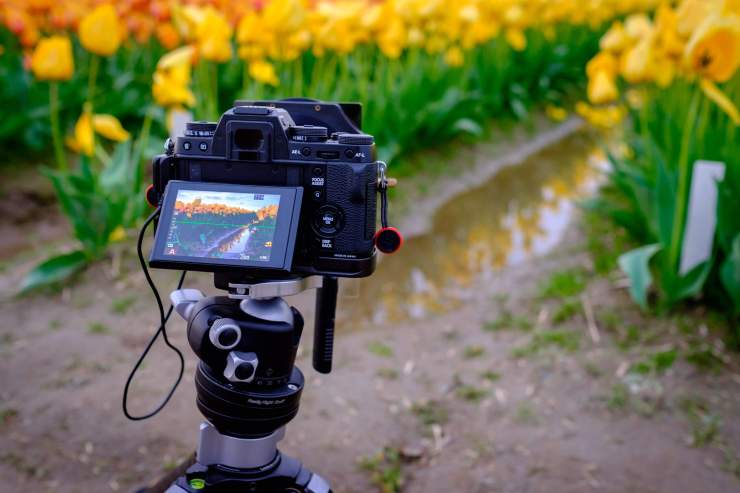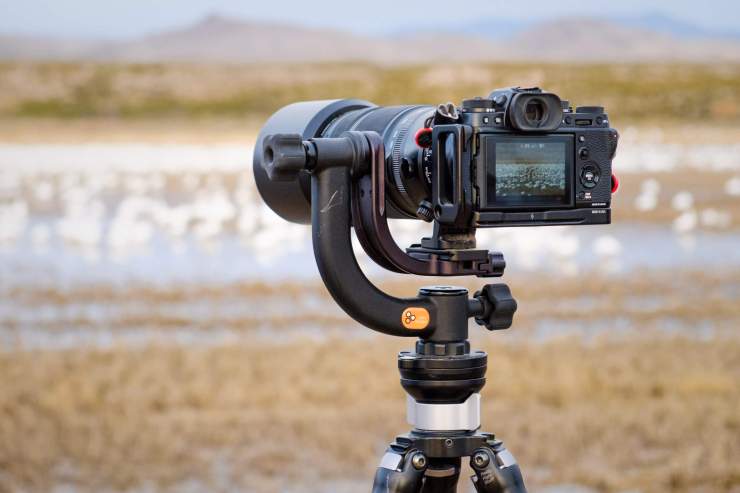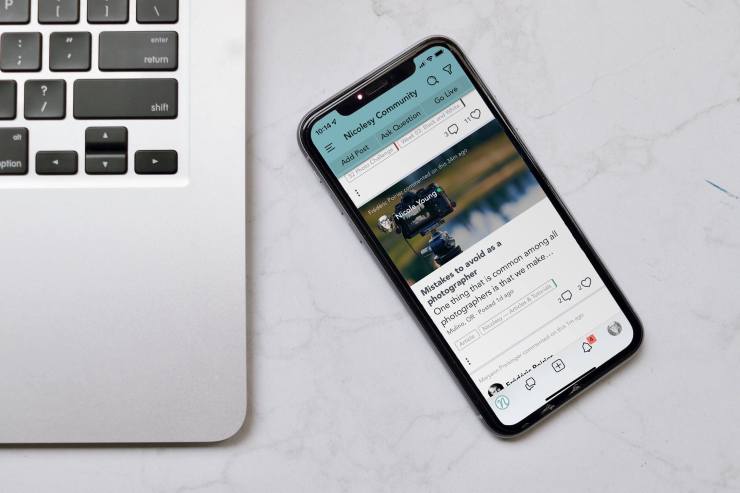Transparency with my business and teachings is very important to me. Granted, I don’t need to disclose everything, but I like to show that I am human from time to time.
The life we tend to share online is usually oftentimes shown to be the highlights of our lives, much of it good, and we usually don’t share the not-so-perfect stuff. This article lists out all of the “dirty photography secrets” I keep as a full-time photographer and educator.
I use Auto White Balance
For as long as I can remember, I have been shooting in Auto White Balance (AWB). There are some pretty amazing third-party tools to help get accurate color in-camera, including the Expodisc and the ColorChecker Passport. However, for my photography, I don’t really find them necessary. Cameras have come a long way in their ability to create accurate color from the get-go, and since I photograph in RAW and don’t need to completely recreate the exact color in my photos, it’s easier for me to just let the camera do the work while I’m shooting. And then I can make minor adjustments in post-processing after the fact.
I shoot in Aperture Priority
Sure, I pop the camera into manual mode from time to time (or Bulb, when photographing long exposures). But for the most part, I prefer to use Aperture Priority. I even wrote an entire article about it! Basically, I let the camera do the thinking for me (in other words, I choose the aperture and let it balance the meter by selecting the shutter speed for me). Then, I make exposure adjustments by adjusting the Exposure Compensation up or down. For most of my images, the aperture is the “creative” decision, and it doesn’t matter what the shutter speed is (assuming it’s fast enough to stop motion and prevent blur). The way I see it, I’m saving myself time by letting the camera make the exact same decision I would make, without letting it distract me from creating photographs.
I rarely use a histogram
For the most part, I rarely check the histogram on my camera. Instead, I use the “blinkies” on my FUJIFILM camera to look for overexposed spots. Plus, a perfectly-shaped “mountain” in the histogram doesn’t always mean that the photograph was properly exposed. I might not be getting all the information that way, but it has worked well for me in the many years I’ve been a photographer.
I don’t put clear filters on my lenses
If I’m going to spend hundreds of dollars on a lens, I’m not going to lessen its quality by putting a subpar filter in front of it. I prefer to keep the front of my lens naked, so to speak. Filters protect the glass, but I have never broken any of my lenses (knock on wood!). I still use filters, such as circular polarizers to cut through reflections or ND filters for long exposures, but that is about all I will place in front of my expensive glass.

Sometimes my camera gets lonely
Yep, that’s right. There are times when I will go days, or even a few weeks, without using my camera. It’s easy to get chained to the computer (especially when writing blog posts and creating tutorials is what pays the bills). While I wish I could be out with my camera every single day, it’s not always something that is feasible with the work that I do.
I don’t have gear FOMO
One thing that is good and bad about getting into photography is all of the gear we can acquire. It can be too easy to feel like we need to have the most recently-announced camera model or lens, even if what we are using works perfectly. I love my FUJIFILM cameras and lenses, but I am currently using a FUJIFILM X-T3, even though there is a newer model available (the X-T4). There was a time I used to upgrade more regularly. I would get the newer models of cameras when they were released. But, I’ve fallen back into a more conservative approach and really analyzing what I need (instead of what I want) before I make a purchase.

I despise social media
Back in its glory days, Twitter, Google+, and Flickr were wonderful places for photographers. We had community, great places to share our photos, and back-and-forth conversations that were upbeat and helpful. Now, so much of social media is polarized and politicized. Or, it’s become so flooded with the same unoriginal photos, along with poorly-targeted ads and bots, that it has lost its appeal. Social media has become less “social” and more of a “look at me” platform. It’s a place where everyone strives to get the most “internet points”. I haven’t canceled my accounts or written it off entirely, but I do spend most of my online time elsewhere.
As an alternative to regularly sharing via my social accounts, I created my own free online photography community, which is growing steadily and has a lot of wonderful photographers in it. It’s a way for me to connect individually with other photographers, and even host virtual and local get-togethers. If you’d like to take a look, you can join me in the community by clicking here.

What are your dirty photography secrets?
Do you have any dirty secrets when it comes to photography? Share them in the comments below!
Tell your story with the second annual Visual Storytelling Conference!
Experience four days of interactive, online training sessions featuring a range of educational content with experienced photographers and content creators. This free event kicks off with a series of technical boot camps to build essential skills, followed by live, online sessions on photography, video, business and social media. Join live from March 10-13, 2022!
